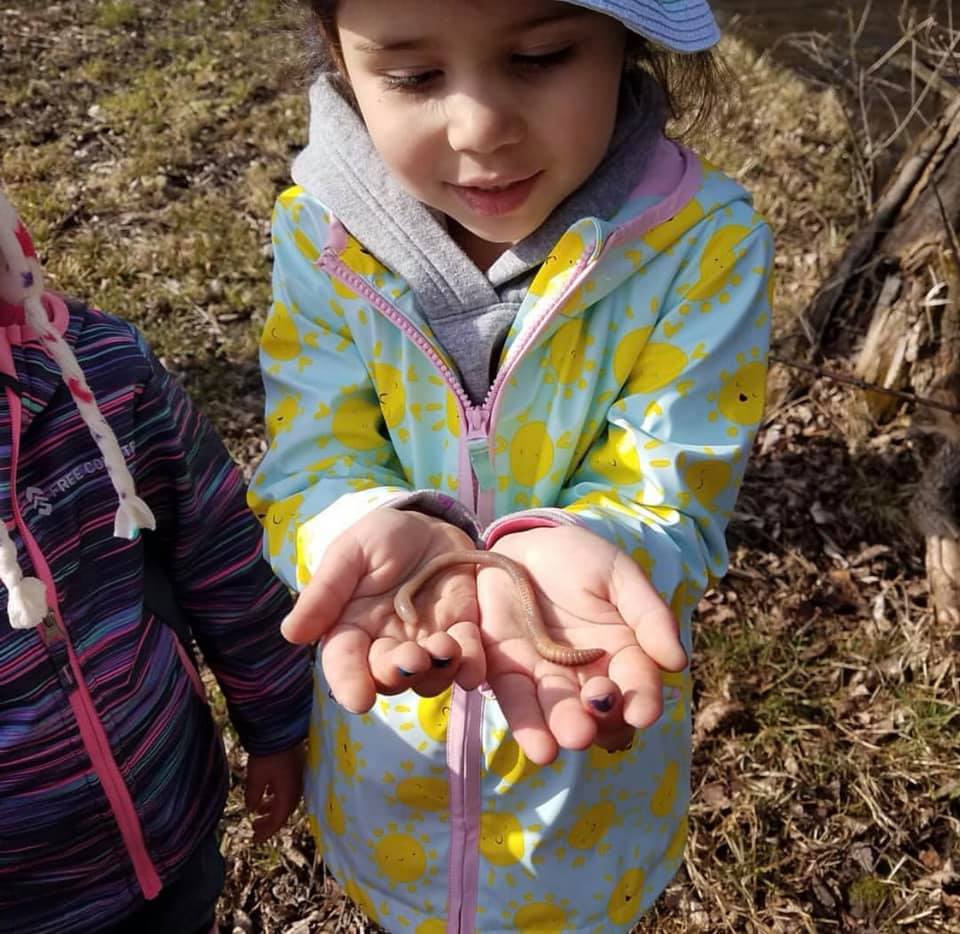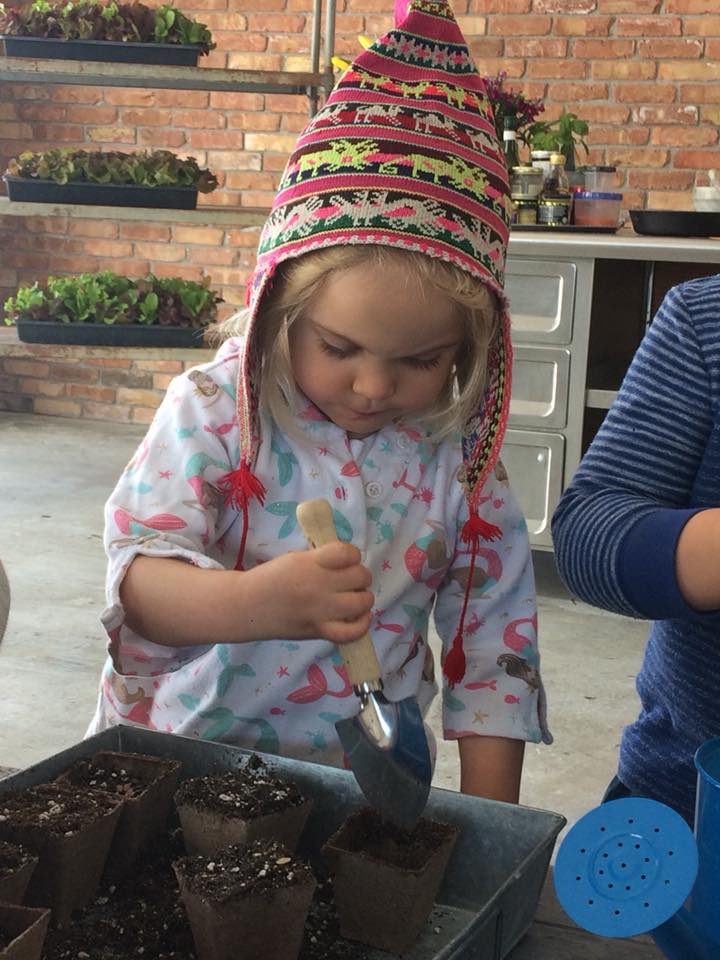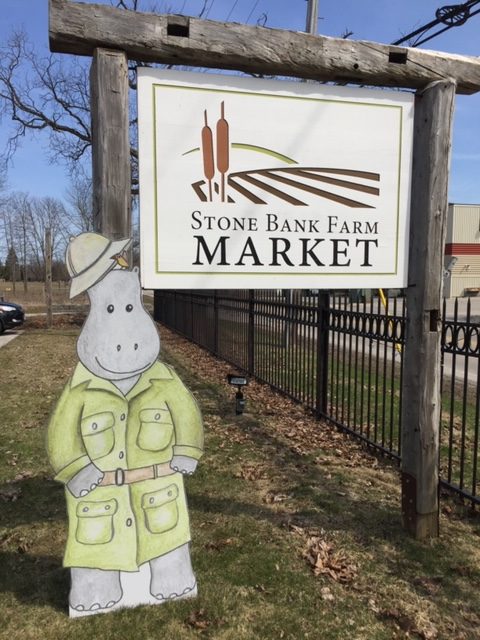
Written by Hippo (a hippopotamus) and Al (a bird)
“Stone Bank Farm Market has the best salad greens in the world!” I exclaimed with my mouth full and overflowing. “I could live on this, Al!”
Besides the super-fresh salad greens grown right on the property, Stone Bank Farm Market offers oodles of good foods including produce, dairy, eggs and meats from animals foraging on pasture, and a wide variety of locally-crafted foods. There’s an order form on their website with a complete list, but just take a look at this!
Much of it is grown right in Stone Banks’ greenhouse and raised beds under the direction of Kim, the farmer. If not, whenever possible, it comes from a local farmer or producer who cares for the land and resources.

“Last month,” said Al, “I told you about the deplorable conditions for egg-laying chickens. But Stone Bank will never sell eggs from shady operations like that. The eggs here are from local chickens treated with the respect they deserve. Same goes for the meats and the plants. Waseda Farms, Turtle Creek Gardens , Olden Organics, and Zaiger Clover Meadows are some of the upstanding suppliers who work hard to help create healthy food and a healthy world.”
Not only do they offer food for the body, but also food for the soul – flowers from Sage Floral in nearby Oconomowoc. Hint: Mothers’ Day is on May 10th. Even a hippopotamus mother (like me) would like some flowers.
Stone Bank Farm is located about six miles north of Delafield, Wisconsin and is surrounded by a 75 acre farm owned by the Faye Gehl Conservation Foundation. They are dedicated to practicing and promoting sustainable farming practices and increasing the availability of high quality, locally-grown food in our community.
The market is currently OPEN for call-in and pick-up shopping, 10am-3pm, Wed-Sat. Phone: 262-563-8010.
“Don’t forget to tell them about the Spring Plant Sale, Hippo! Over 225 varieties of organic, heirloom, non-gmo vegetable, herbs, and flower seedlings! May 6th, online only!”
You heard it from Al. Click here to view their online catalog.
John Gehl, The man who started Stone Bank Farm Market, is one of those humans who is helping in a big way to create a new model for growing human food. He recalls one particular moment that moved him to protect the land. “It was a beautiful dairy farm that I drove past every day on my way to work in Germantown,” he said. “One day as I was driving toward it, I saw all of the heavy equipment lined up ready to go to work. I was shocked.” (The farm was going away forever to be replaced by development.) “It was my Ah-ha moment in farm land conservation.”
“Mr. Gehl suffered from solastalgia, said Al.
“You mean fibromyalgia?” I asked.
“No Hippo, solastalgia is a form of homesickness one gets when one is still at home.”
“That doesn’t make sense, Al.”
“Hippo, do you remember how heavy-hearted we felt when the savanna – our home – was being plowed under? We were still home, but it wasn’t the same home any more.”
“I see that,” said Hippo. “Watching that beautiful farm being demolished must have been very sad for Mr. Gehl.”
“Anyway,” I continued, “John Gehl’s ah-ha moment led him and his children to start the Faye Gehl Conservation Foundation in honor of his late wife who had instilled in her family a deep love of the Earth. Since its creation in 1995, the foundation has acquired and legally protected over 700 acres of southeastern Wisconsin wetland, stream corridor, and agricultural land from development and partnered with both private and public organizations to safeguard hundreds of acres more.”
Biophilia
The rich, natural pleasure that comes from being surrounded by living organisms
Photograph by Kevin Head
“Ah yes,” said Al, “that sheer delight that comes from flying over the living, breathing savanna.”
“I think of it more as the pleasure of dozing in the river with fish brushing my skin and the sun warming my back.”
We looked it up. Edward O. Wilson, author of one of our favorite books The Diversity of Life, explains it as “the rich, natural pleasure that comes from being surrounded by living organisms.”
“Just what I said,” declared Al.
“Without biophilia, there would be no solastalgia,” I said. Without a deep connection with the land – a heart connection – Mr. Gehl might have decided to build strip malls.”
“But doesn’t everyone have biophillia, Hippo?”
“I think so, Al, but in many humans, it seems to have fallen asleep. According to Richard Louv, author of Last Child in the Woods, we need to wake it up.”
Passion is lifted from the earth itself by the muddy hands of the young; it travels along grass-stained sleeves to the heart. If we are going to save environmentalism and the environment, we must also save an endangered indicator species: the child in nature.”
Richard Louv
“That’s another reason to like the Stone Bank Farm Market!” said Al. “They offer opportunities for humans to explore and poke around with the other creatures, to connect with their food, and with the beauty of our miraculous home. Tell them they can find out about the programs here, Hippo: https://stonebankmarket.com/learn-on-the-farm.”
“You heard the bird! Check out those programs.”
“Don’t forget to tell them about the basket,” said Al.
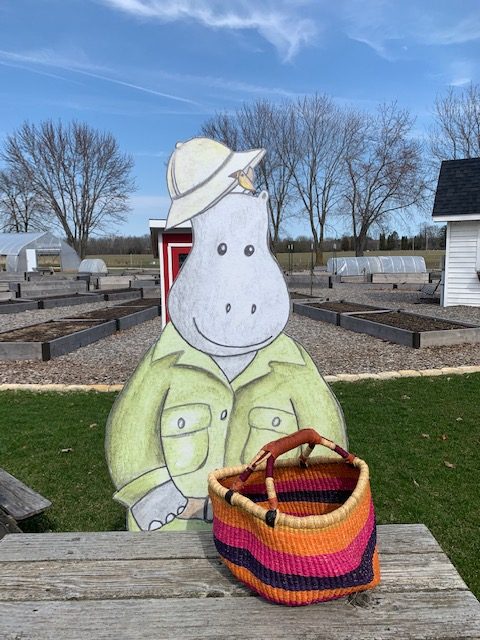
“How could I forget!” Here’s a photo of me and Al with our stylish basket from the market. They have so many different colors and designs that we had a real hard time choosing just one. Everywhere we go, the humans are saying, “I love your basket!” and “Where did you get that?” The baskets are woven by women in Africa. I’ve never mentioned this before, but Al and I get homesick from time to time. Knowing that the baskets have come all that way, just like us, provides great comfort.
Please stand with us in supporting Stone Bank Farm Market, Faye Gehl Conservation Foundation, and a food system that works for all of life on Earth. Place an order for food or plants. Donate to the foundation. And tell them Hippo and Al sent you.

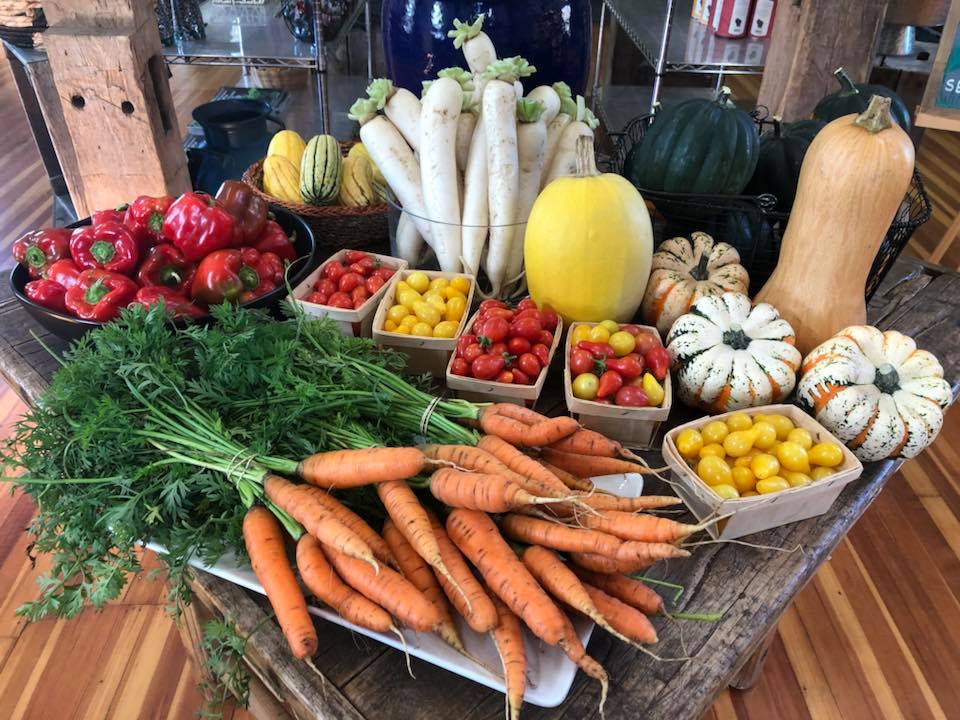
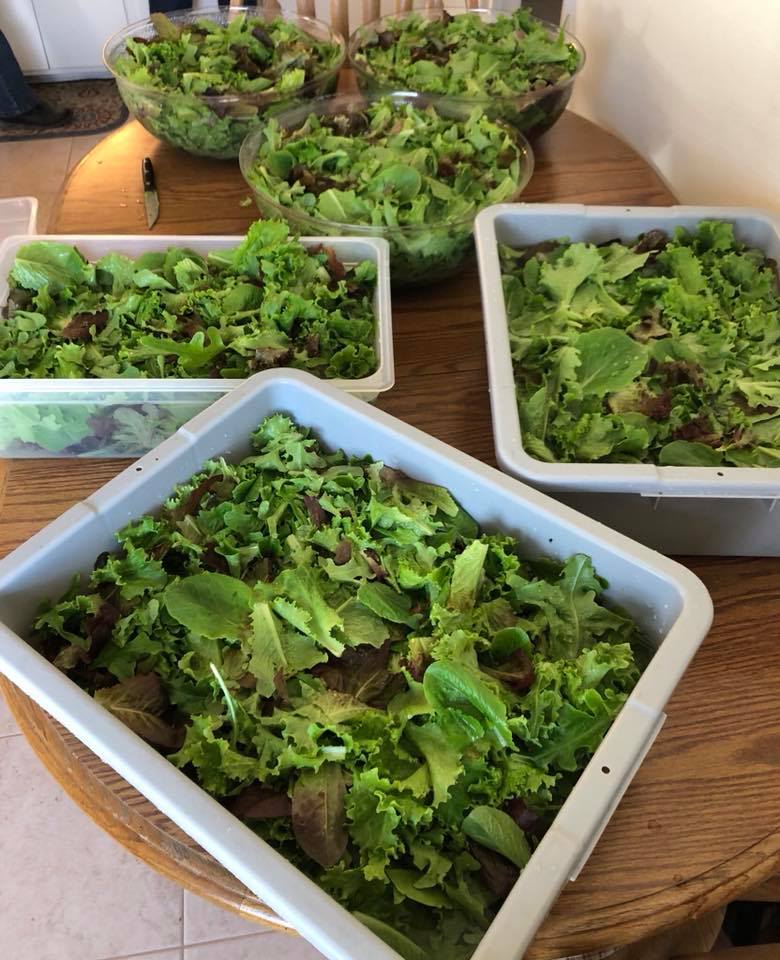
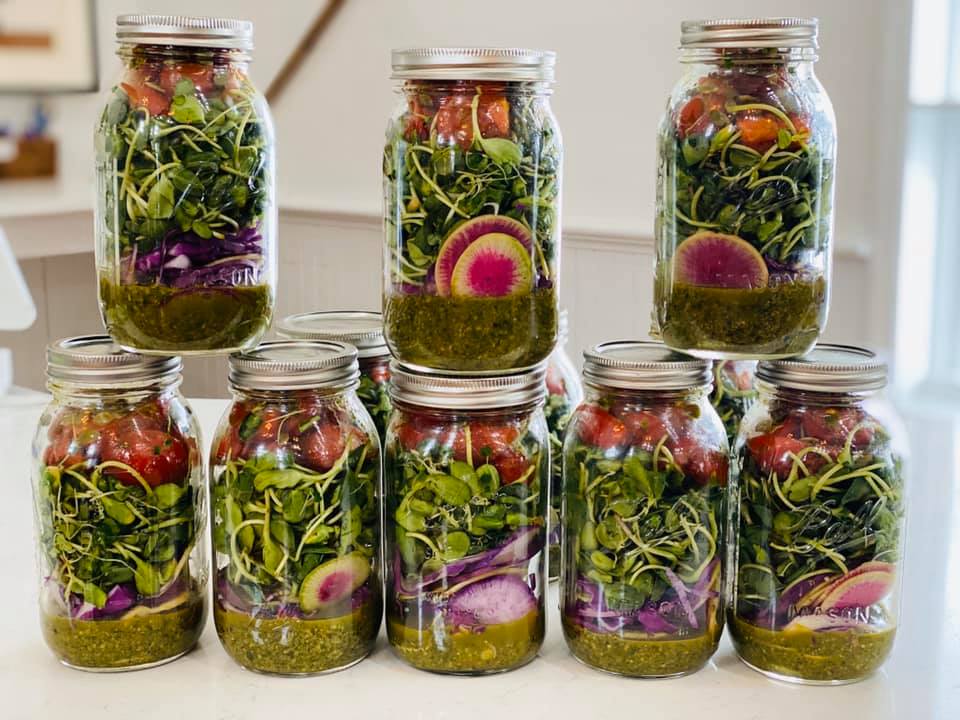
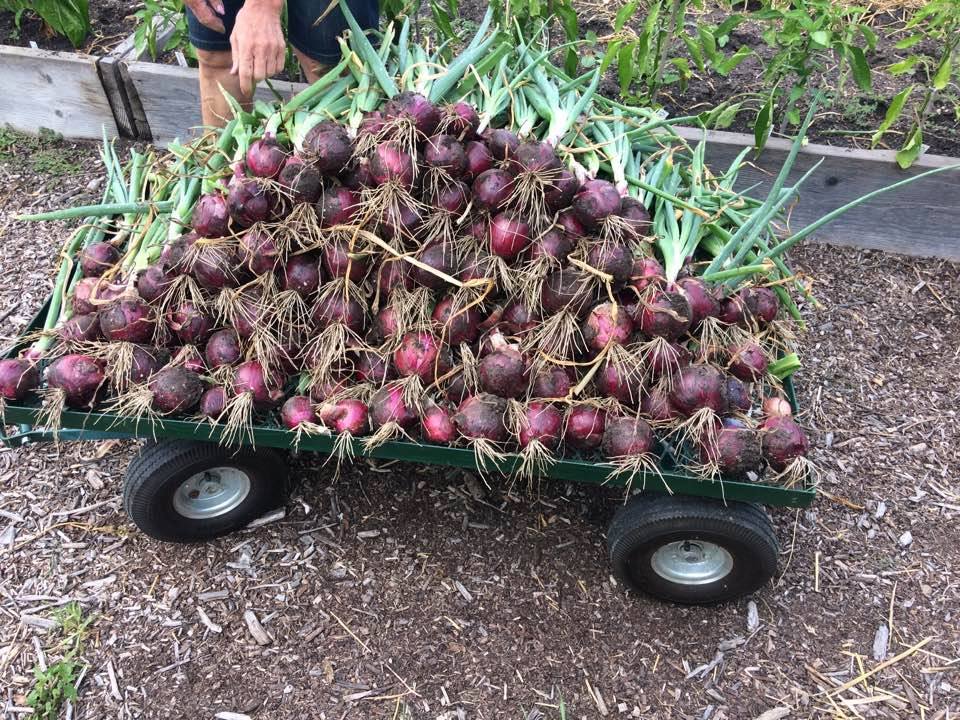
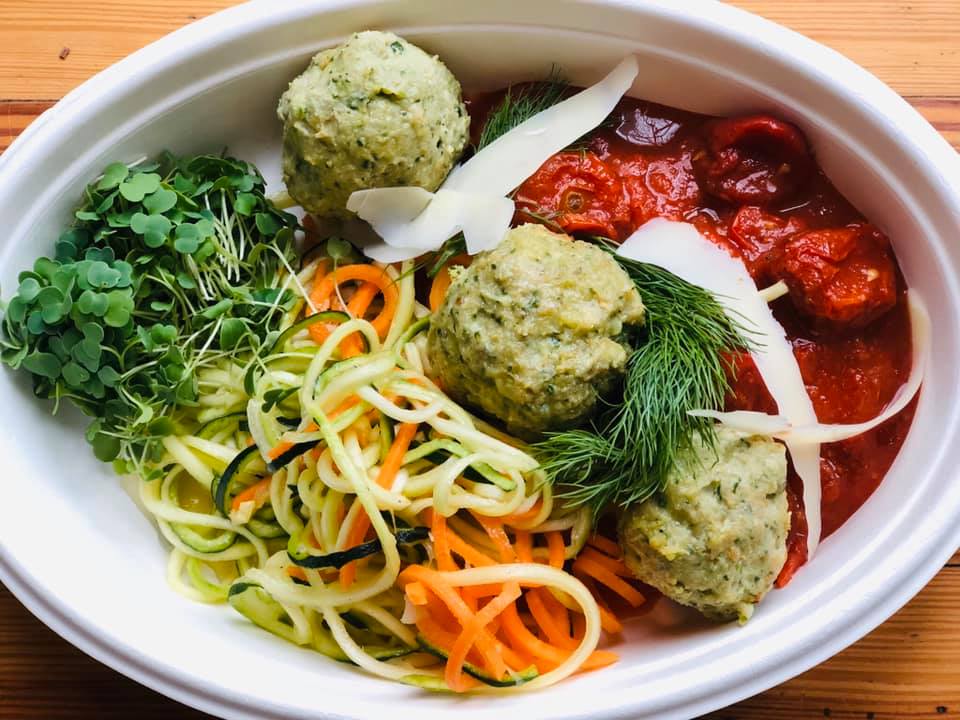
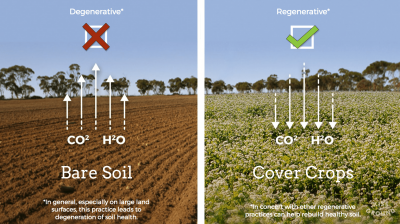 Three regenerative farming methods used by the foundation – cover crops, no-till drilling, and mob grazing – maximize these tiny “solar panels” by promoting as much green growth as possible throughout the year. They use the sun’s abundant energy to convert atmospheric carbon into carbon-based sugars, fueling all of life’s processes.
Three regenerative farming methods used by the foundation – cover crops, no-till drilling, and mob grazing – maximize these tiny “solar panels” by promoting as much green growth as possible throughout the year. They use the sun’s abundant energy to convert atmospheric carbon into carbon-based sugars, fueling all of life’s processes.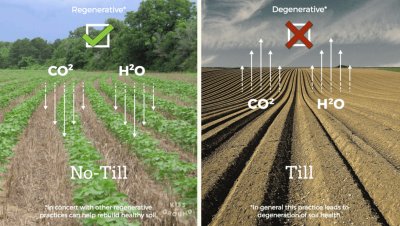 What an elegant system!” Al exclaimed. “Nature’s ways are like something out of a science fiction book, only even more incredible. The process uses carbon from the atmosphere and puts it back in the ground as organic matter. Organic matter supports more plant growth which removes more carbon from the air. The grazing animals graze the plants which makes the plants grow even more.”
What an elegant system!” Al exclaimed. “Nature’s ways are like something out of a science fiction book, only even more incredible. The process uses carbon from the atmosphere and puts it back in the ground as organic matter. Organic matter supports more plant growth which removes more carbon from the air. The grazing animals graze the plants which makes the plants grow even more.”